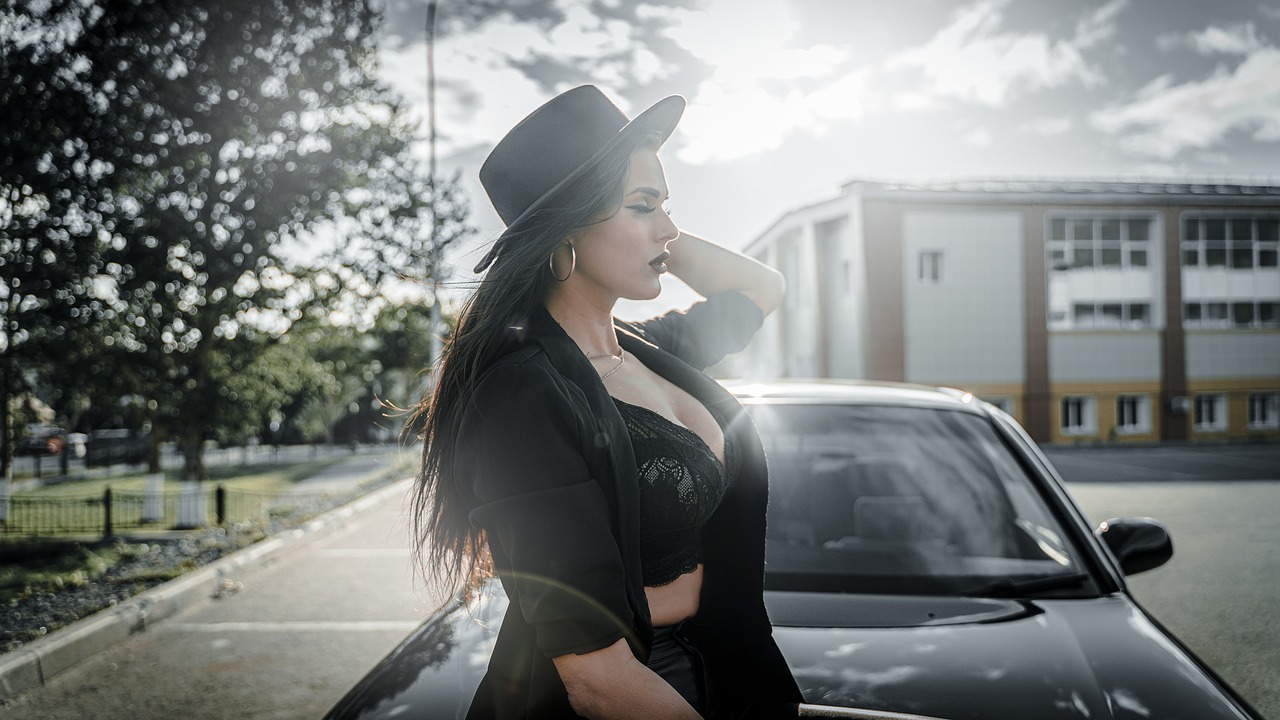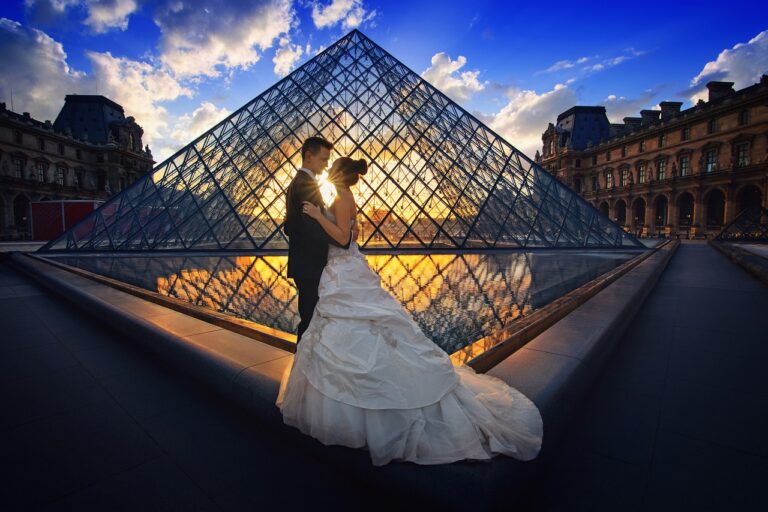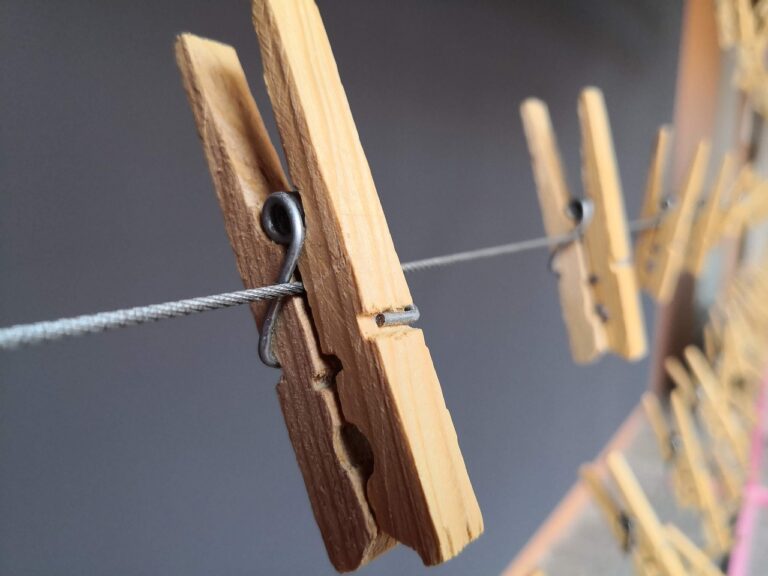Fashion Event Accessibility Planning: Addressing Accessibility Needs to Ensure an Inclusive Experience for All: 11xplay pro, Diamondexch9, Sky exchange bet
11xplay pro, diamondexch9, sky exchange bet: Fashion Event Accessibility Planning: Addressing Accessibility Needs to Ensure an Inclusive Experience for All
Fashion events are known for their glamour, creativity, and innovation. But amidst all the glitz and glamour, it is crucial to remember that inclusivity should be at the forefront of every event planning process. Ensuring accessibility for all attendees, regardless of their physical abilities, is essential to create a welcoming and inclusive environment.
In this blog post, we will explore the importance of addressing accessibility needs in fashion event planning and provide practical tips on how to ensure a seamless and inclusive experience for all attendees.
Why Addressing Accessibility Needs is Important
Fashion events are a celebration of creativity and self-expression, and everyone should have the opportunity to participate in these events. However, many fashion events often overlook the needs of attendees with disabilities, leading to exclusion and discrimination.
By addressing accessibility needs in fashion event planning, event organizers can create a more inclusive and welcoming environment for all attendees. This not only benefits attendees with disabilities but also enhances the overall event experience for everyone.
Some of the key reasons why addressing accessibility needs is important in fashion event planning include:
1. Promoting inclusivity: By ensuring that fashion events are accessible to attendees with disabilities, event organizers can promote inclusivity and diversity within the fashion industry.
2. Enhancing the event experience: Accessibility features such as wheelchair ramps, accessible seating, and sign language interpreters can enhance the overall event experience for all attendees, regardless of their physical abilities.
3. Meeting legal requirements: In many countries, there are legal requirements that mandate accessibility standards for public events. By addressing accessibility needs, event organizers can ensure compliance with these regulations.
4. Demonstrating social responsibility: By prioritizing accessibility in event planning, fashion event organizers can demonstrate their commitment to social responsibility and equality.
Practical Tips for Ensuring Accessibility in Fashion Event Planning
Now that we understand the importance of addressing accessibility needs in fashion event planning, let’s explore some practical tips on how to ensure a seamless and inclusive experience for all attendees:
1. Conduct an accessibility assessment: Before planning a fashion event, it is essential to conduct an accessibility assessment of the venue. This includes evaluating the venue’s accessibility features such as ramps, elevators, accessible seating, and restrooms.
2. Provide accessible transportation options: Ensure that attendees with disabilities have access to transportation options that meet their needs, such as accessible parking spaces, shuttle services, or transportation vouchers.
3. Offer assistive listening devices: For attendees with hearing impairments, consider providing assistive listening devices or sign language interpreters to ensure that they can fully participate in the event.
4. Create accessible seating arrangements: Designate accessible seating areas for attendees with mobility impairments and ensure that these areas are easily accessible and offer clear sightlines to the runway or stage.
5. Implement inclusive marketing strategies: Use inclusive language and imagery in event marketing materials to ensure that attendees with disabilities feel welcome and represented.
6. Train event staff on accessibility needs: Provide training to event staff on how to assist attendees with disabilities, including how to provide directions, navigate the venue, and communicate effectively.
7. Offer alternative formats for event information: Provide event information in alternative formats such as braille, large print, or electronic formats to accommodate attendees with vision impairments.
8. Create a designated quiet area: For attendees with sensory sensitivities, consider creating a designated quiet area where they can take a break from the noise and crowds of the event.
9. Consider dietary restrictions: When planning food and beverage options for the event, consider dietary restrictions and allergies to ensure that all attendees can enjoy the offerings.
10. Solicit feedback from attendees: After the event, solicit feedback from attendees with disabilities on their experience and any suggestions for improving accessibility in future events.
By following these practical tips, fashion event organizers can ensure that their events are accessible and inclusive for all attendees, creating a welcoming environment where everyone can participate and enjoy the experience.
FAQs
Q: How can event organizers promote accessibility in outdoor fashion events?
A: For outdoor fashion events, event organizers can promote accessibility by providing accessible pathways, designated rest areas, and shade structures for attendees with mobility impairments or sensory sensitivities.
Q: What are some common accessibility features to consider when planning a fashion event?
A: Common accessibility features to consider when planning a fashion event include accessible parking spaces, wheelchair ramps, elevators, accessible seating, assistive listening devices, sign language interpreters, and accessible restrooms.
Q: How can event organizers ensure compliance with accessibility regulations?
A: Event organizers can ensure compliance with accessibility regulations by conducting an accessibility assessment of the venue, providing training to staff on accessibility needs, and implementing accessibility features such as ramps, seating areas, and assistive devices.
In conclusion, addressing accessibility needs in fashion event planning is essential to create an inclusive and welcoming environment for all attendees. By following practical tips and promoting accessibility features, event organizers can ensure that their events are accessible to everyone, regardless of their physical abilities. Fashion events should be a celebration of diversity and inclusivity, and by prioritizing accessibility, we can create a more inclusive fashion industry for all.







